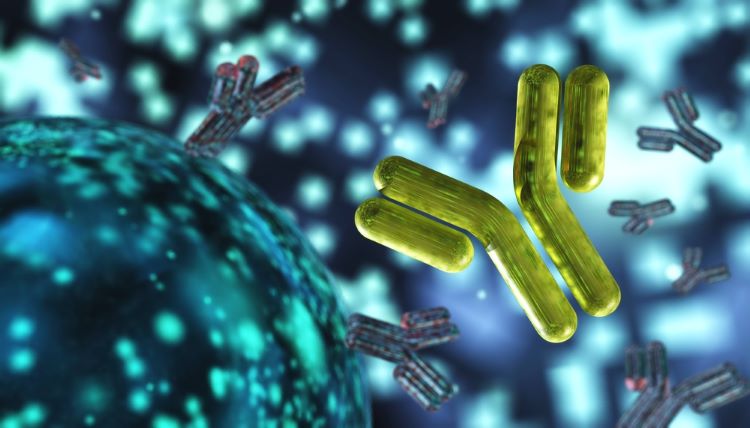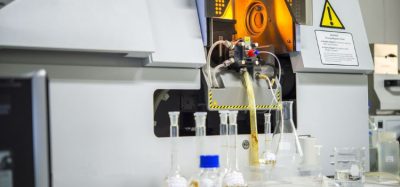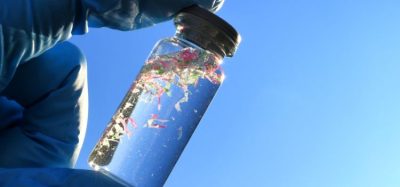Overcoming challenges of continuous antibody manufacture
Posted: 16 February 2024 | Catherine Eckford (European Pharmaceutical Review) | No comments yet
During monoclonal antibody (mAb) manufacture, continuous flowsheets could offer ~20 percent–40 percent cost of goods (COG) saving over the batch process, for instance, during low commercial demand, a paper suggests.


Researchers have highlighted the potential of end-to-end continuous manufacture with column-free capture alternatives. The traditional batch process was compared with end-to-end continuous bioprocesses with either protein A (ProA) capture or column-free capture, employing aqueous two-phase extraction (ATPE) or precipitation from economic, environmental, and robustness perspectives. Since monoclonal antibodies (mAbs) represent the fastest growing biopharmaceutical market segment, according to Neves et al., they are a “prime” test option for continuous manufacturing.
Continuous column-free alternatives for mAb capture
The paper stated that within biopharma, process intensification efforts has resulted in a renewed interest in using continuous column-free alternatives for mAb capture. This technique is of key interest due to its potential in eliminating the high upfront costs linked to ProA resins, Neves et al. clarified.
While there are continuous column-free options, “such as membrane chromatography, flocculation, precipitation, and ATPE”, it is not viable to implement these techniques on a large scale, the authors asserted.
The paper also acknowledged that within biopharma, technology is not yet advanced enough to optimally incorporate continuous manufacturing, “especially [for] continuous downstream processing”.
Continuous manufacturing
Cost of goods benefit
Based on a cost of goods (COG) analysis, continuous flowsheets could offer ~20 percent–40 percent cost savings over the batch process at low and medium annual commercial demands (100–500kg)”
Based on a cost of goods (COG) analysis, continuous flowsheets could offer ~20 percent–40 percent cost savings over the batch process at low and medium annual commercial demands (100–500kg), the authors wrote.
The research showed that the continuous flowsheets with ProA or precipitation resulted in similar COG/g values. The paper reported that ATPE resulted in higher costs.
Achieving environmentally sustainable production
As companies work towards achieving Net zero processes, continuous manufacturing has the potential to facilitate smaller facility footprints and therefore to help achieve these targets, according to the paper.
Neves et al. highlighted two examples of recent investments in continuous processing plants for biologics production: Sanofi’s plant in Framingham, Massachusetts in the US, and a site in Billingham in the UK run by contract development and manufacturing organisation (CDMO) Fujifilm Diosynth Biotechnologies.
Regarding environmental considerations, the paper shared that based on analysis of overall process mass intensities for water and consumables, continuous ProA-based flowsheet would result in the lowest environmental burden.
During their research, the authors also evaluated the trade-offs associated to ProA chromatography, ATPE and product precipitation as mAb capture steps across production scale. An increase in consumables usage in continuous mode was observed.
However, “environmental analysis showed that the water savings found over batch would decrease the overall environmental burden associated with continuous mAb production”, the researchers explained.
The future of continuous manufacturing of antibodies
Overall, the findings from the mAb study can support process development and decision-making on future facility designs in the biopharmaceutical sector, the researchers noted.
Going forward, “further research is needed to determine the potential of column-free technologies integrated in a fully end-to-end continuous process with good manufacturing practice (GMP) equipment, as well as a fair comparison with the current state-of-the-art of continuous ProA chromatography-based capture”, Neves et al. concluded.
The paper is being published in Biotechnology Progress.
Related topics
Analytical techniques, Biologics, Biopharmaceuticals, Bioprocessing, Bioproduction, Chromatography, Continuous Manufacturing, Drug Manufacturing, Good Manufacturing Practice (GMP), Manufacturing, Production, Proteins, Research & Development (R&D), Sustainability, Technology, Therapeutics









